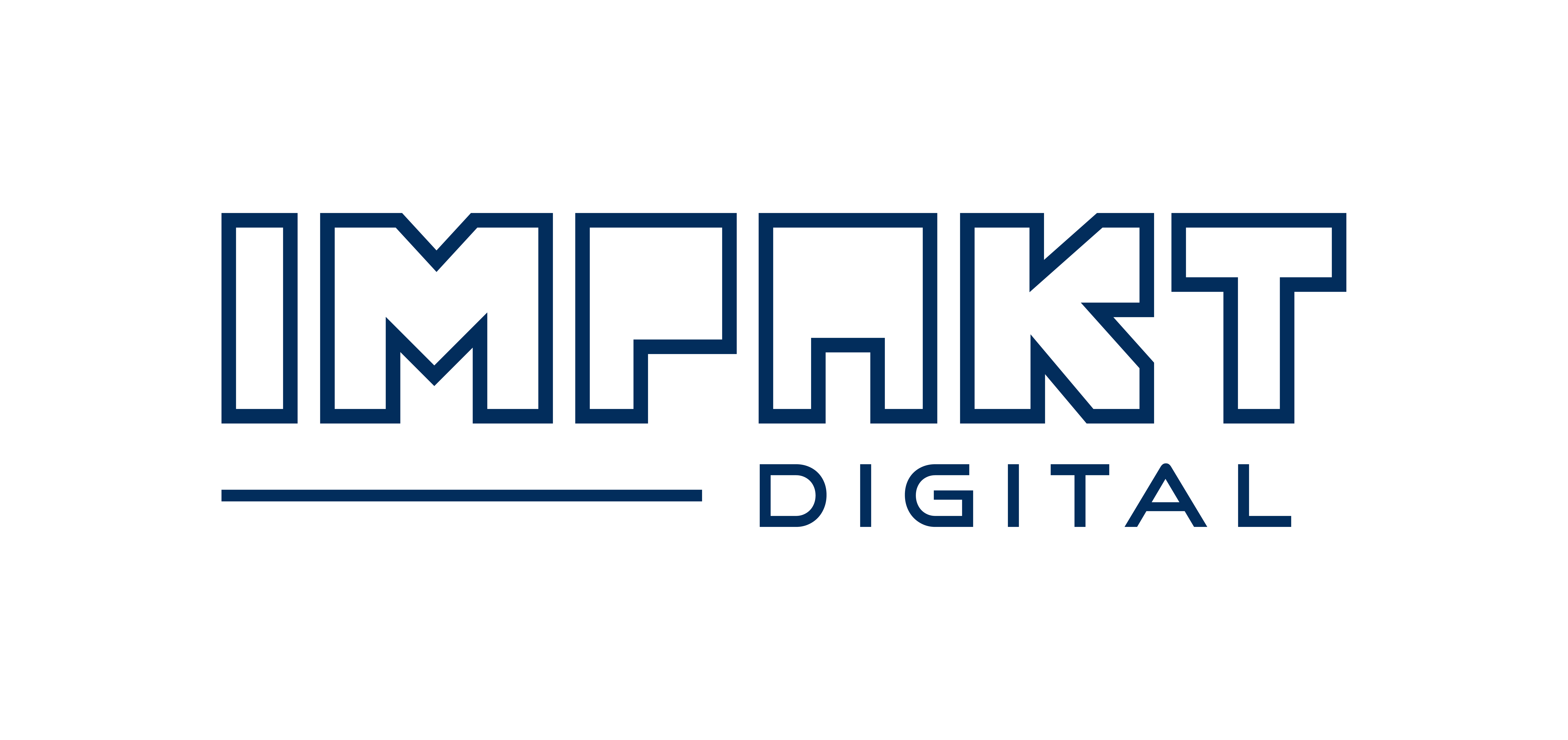
Imagine this: you spend hours creating high-quality content for your website, only to find it doesn’t rank well on search engines. One common culprit could be duplicate content. Duplicate content can significantly impact your site’s SEO, making it essential to understand and address. In this blog, we’ll explore why duplicate content is problematic and how to fix it.
Understanding Duplicate Content
Types of Duplicate Content
- Exact Duplicates: Identical content found on multiple URLs.
- Near Duplicates: Slightly different content across various URLs.
Duplicate content can arise in various forms. Exact duplicates are when the same content appears on different pages within or across websites. Near duplicates are similar but not identical content spread across multiple URLs.
Examples
- A blog post was republished on another site without changes.
- Product descriptions on an e-commerce site that appear on several pages.
How Duplicate Content Happens
Common Causes
Duplicate content isn’t always intentional. Often, it happens due to technical issues or content management practices.
- URL Variations: Different URLs with the same content due to session IDs or tracking parameters.
- HTTP vs. HTTPS: Secure and non-secure versions of the same page.
- www vs. Non-www: Variations of domain names (e.g., www.example.com vs. example.com).
- Content Syndication: Republishing the same article on multiple websites.
- Product Pages: Similar descriptions for products on e-commerce sites.
For instance, an e-commerce site might have multiple product pages with slightly different URLs but identical descriptions. Similarly, bloggers might syndicate their articles across different platforms, creating duplicates.
SEO Implications of Duplicate Content
Crawling Issues
Duplicate content can confuse search engines, leading to inefficiencies and potential ranking problems.
- Crawl Budget: Search engines allocate a specific number of pages to crawl per site. Duplicate content wastes this valuable crawl budget, meaning less of your unique content gets indexed.
- Indexing: When search engines encounter multiple versions of the same content, they struggle to determine which version to index and display in search results.
Ranking Problems
- Keyword Cannibalization: When multiple pages compete for the same keyword, it can dilute your site’s ranking potential. Instead of one strong page, you end up with several weaker ones.
- Dilution of Link Equity: Backlinks are a crucial ranking factor. When multiple pages have similar content, the link equity is divided among them, reducing the overall authority of each page.
User Experience
From a user perspective, encountering the same content on multiple pages can be frustrating and lead to a poor user experience. Users might question the credibility of your site if they find repetitive content.
How Search Engines Handle Duplicate Content
Google’s Approach
Google and other search engines strive to provide the best user experience by filtering out duplicate content.
- Canonicalization: Canonical tags help search engines understand which version of a page to prioritize. By indicating the preferred version, you can consolidate duplicate content signals.
- Cluster Processing: Google groups similar content into clusters and then determines the best version to display in search results.
- Penalties: While Google generally doesn’t penalize for duplicate content, it can penalize sites that use duplicates to manipulate search rankings.
Other Search Engines
Other search engines, like Bing, follow similar protocols. They aim to index and rank the most relevant and unique content to enhance the user’s search experience.
Identifying Duplicate Content on Your Site
Detecting duplicate content is the first step toward resolving it. Several tools and techniques can help:
Tools and Techniques
- Google Search Console: Offers insights into duplicate content issues on your site.
- Site Audit Tools: Tools like Screaming Frog, SEMrush, and Ahrefs provide comprehensive site audits, highlighting duplicate content.
- Manual Checks: Sometimes, a manual review can uncover duplicates that automated tools might miss.
Fixing and Preventing Duplicate Content
Once you’ve identified duplicate content, the next step is to fix it and prevent it from recurring.
Technical Solutions
- Canonical Tags: Implement canonical tags correctly to signal the main version of the content.
- 301 Redirects: Redirecting duplicate pages to the original content helps consolidate authority and link equity.
- Noindex Tags: Using noindex tags prevents search engines from indexing duplicate pages.
Content Strategies
- Unique Content Creation: Ensuring each page has unique and valuable content not only improves SEO but also enhances user engagement.
- Content Refreshing: Regularly updating and differentiating similar content can prevent it from becoming duplicate.
Best Practices
- Conduct regular audits to monitor and maintain content uniqueness.
- Use consistent URL structures to avoid unintentional duplicates.
- Avoid syndicating full articles; instead, use summaries with links to the original content.
Conclusion
Duplicate content can be a significant hurdle for SEO, affecting crawling, indexing, and ranking. By understanding its causes and implementing solutions like canonical tags, 301 redirects, and unique content strategies, you can enhance your site’s SEO performance.
At Impakt Digital, we specialize in helping businesses identify and fix duplicate content issues. Our team of experts is dedicated to optimizing your website’s performance, ensuring you rank higher and reach a broader audience. We offer comprehensive SEO audits, content strategy development, and technical solutions tailored to your needs. Visit our website to learn more about how we can assist you in achieving your digital marketing goals. Let us help you turn your website into a powerful tool for growth and success.




